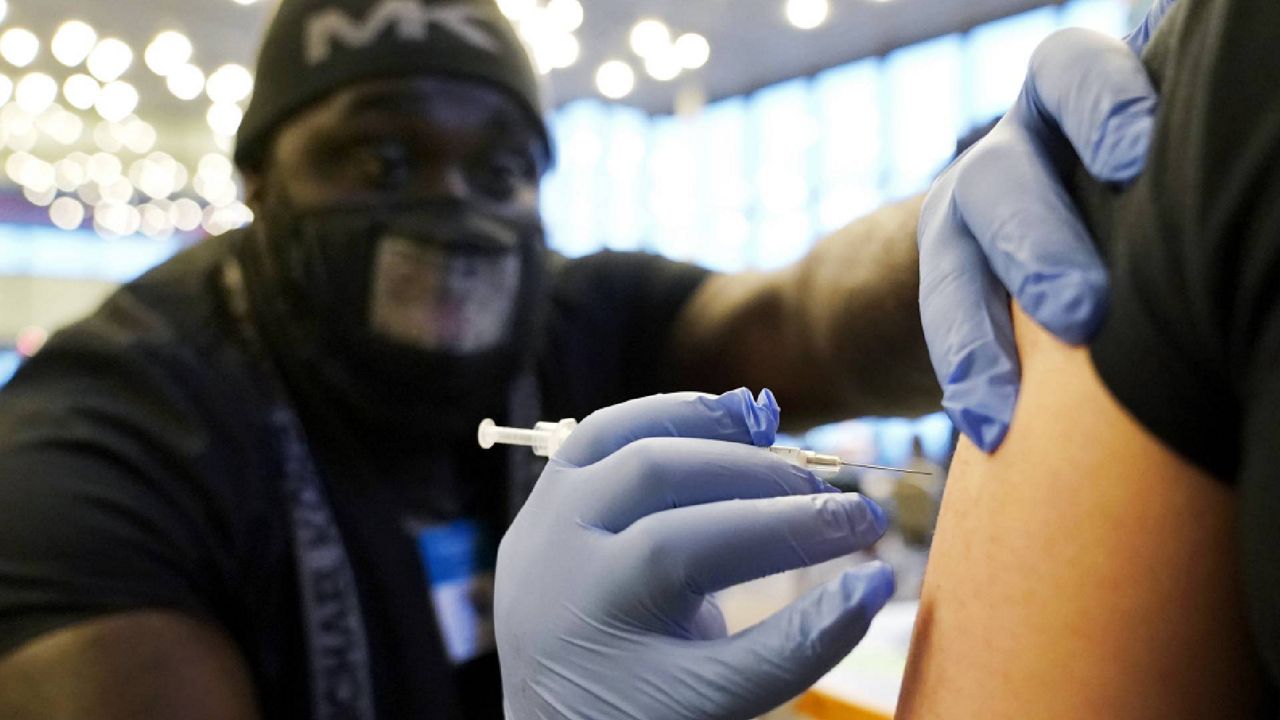As part of its response to the omicron surge, Biden administration officials in the last two weeks have distributed hundreds of thousands of pieces of protective equipment, ventilators and hundreds of health care staff to assist states and territories across the U.S., the White House COVID-19 response coordinator said Wednesday.
The recent surge in federal resources includes one million gloves, more than 340,000 face coverings and 40,000 hospital gowns, plus 2,100 personnel and thousands of ventilators, all sent to more than 30 states and territories.
White House COVID-19 Response Coordinator Jeff Zients said Wednesday that the extra support is fully paid for by the federal government as the administration seeks to surge resources to hard-hit areas as cases of the omicron variant continue to increase daily.
The number of new cases in a single day topped 440,000 on Monday, with the daily average reaching more than 240,000, according to the Centers for Disease Control and Prevention.
“We've been working around the clock to surge reinforcements to communities as they battle omicron,” Zients said at a White House coronavirus briefing.
Zients gave the example of New York, which received 30 ambulances and 60 medical workers last week, while New York City also got nine federal testing sites, with three more expected to open by the end of the week.
In Wisconsin, he said, a 23-person military medical team will start helping a Green Bay hospital on Friday, and more free testing sites will begin to open up in 2022, including in Philadelphia and Washington, D.C., where cases are also surging.
The daily average of new cases is a 60% increase from last week, CDC Director Rochelle Walensky said Wednesday.
“I want to emphasize that this virus has proven its ability to adapt quickly, and we must adapt with it,” she said.
The president’s chief medical adviser, Dr. Anthony Fauci, also said that health officials and experts were still analyzing the data surrounding the severity of the omicron variant, but he said Wednesday “all indications point to a lesser severity of omicron versus delta,” citing data from South Africa and the United Kingdom.



